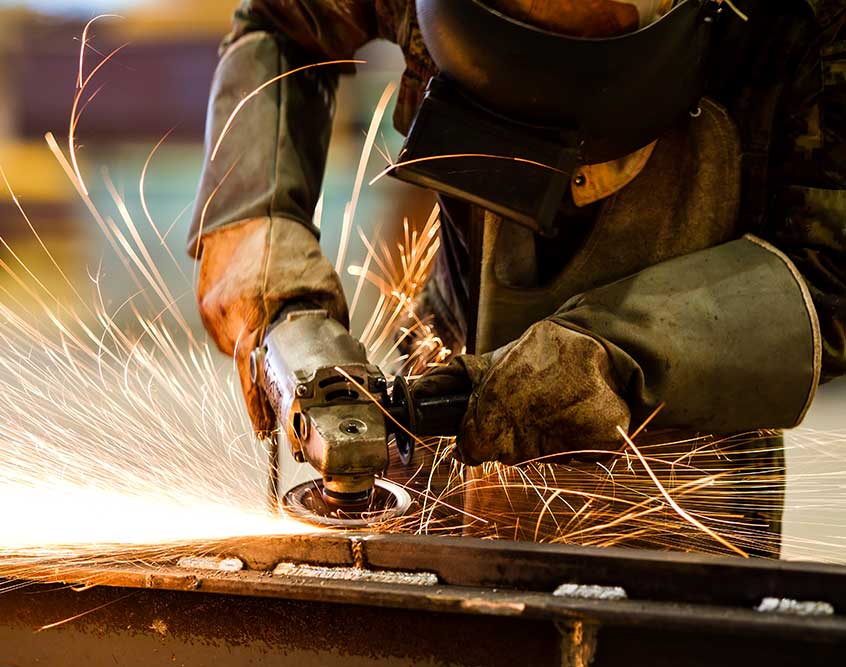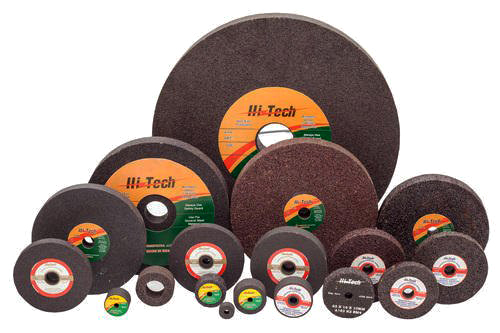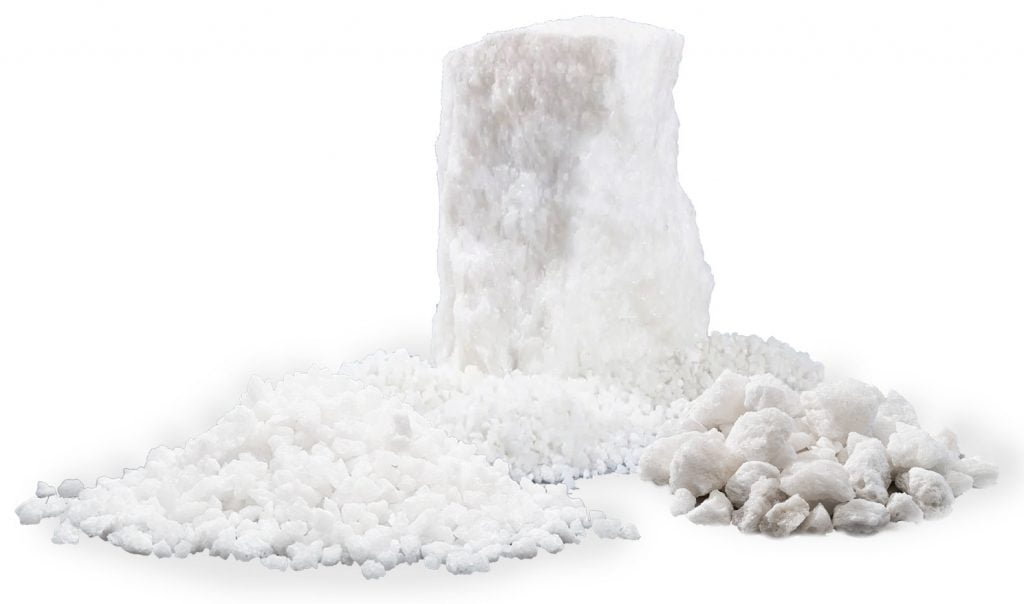Bonded Abrasives
Based on the technique used to integrate abrasive grains into the equipment, abrasives can be classified into two categories: bonded abrasives and coated abrasives.
Bonded abrasives are manufactured by mixing abrasive grains with a matrix and formed into different shape based on the application. The matrix act as a binding agent between abrasive grains and hold them together. Different materials like resins, rubbers, glass, metals, and etc. can be used as matrix. Sometimes other fillers like reinforcement is also used in producing bonded abrasives.
Depending on abrasive grains size and type, binding agent type and abrasive grains to binding agent ratio, bonded abrasives can be used for many different applications. Bonded abrasives are used for various purposes like stock removal, cutting, grinding, snagging, weld blending, beveling, precision finishing, sharpening, notching, chamfering and etc. Based on their application bonded abrasives can be formed into different shapes like different kinds of wheels, cup-shaped, wheels, cones, blades, plugs, and etc.


Some examples of Bonded Abrasives are as follows:
Abrasive discs: as it appears in the name abrasive discs consist of abrasive grains and binding material that is formed in a disc shape. Abrasive discs can be used for cutting, roughening and sanding different materials.
Whetstones: also known as sharpening or polishing stone is probably one of the oldest ways to use abrasives. These stones are used for sharpening metal edges, usually steel, like scissors, knives, blades, cutting tools and etc. Based on their application these stones can be produced with different kinds and content of abrasive grains.
Grinding wheels: the grinding wheel is the most important type of abrasive in the grinding process. Due to different abrasives, bonding agents and production processes, the characteristics of grinding wheels are very different. According to the shape, it can be divided into flat grinding wheels, conical grinding wheels, cylindrical grinding wheels, cup grinding wheels, disc grinding wheels, etc.
The meticulous manufacturing process and accuracy of sorting technologies lead to abrasives with accurate particle size distribution.
ALTUS


